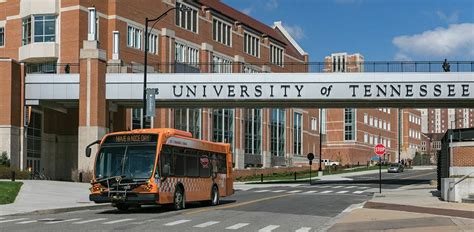Roller coasters are a thrilling experience, but they can also be dangerous. Fainting on a roller coaster is a relatively common occurrence, and it can be caused by a variety of factors.

What Happens When You Faint?
Fainting, also known as syncope, is a temporary loss of consciousness that is caused by a lack of blood flow to the brain. When you faint, your heart rate and blood pressure drop, and your brain is deprived of the oxygen it needs to function properly. This can lead to a variety of symptoms, including:
- Lightheadedness
- Dizziness
- Nausea
- Vomiting
- Blurred vision
- Confusion
- Loss of consciousness
Why Do People Faint on Roller Coasters?
There are a number of factors that can contribute to fainting on a roller coaster, including:
- G-forces: Roller coasters subject riders to high levels of g-forces, which can cause blood to pool in the legs and feet. This can lead to a drop in blood pressure and fainting.
- Dehydration: Dehydration can also contribute to fainting on a roller coaster. When you are dehydrated, your body does not have enough fluid to circulate properly. This can lead to a drop in blood pressure and fainting.
- Heat: The heat and humidity on a roller coaster can also contribute to fainting. When you are hot, your body works harder to cool down. This can lead to dehydration and a drop in blood pressure.
- Anxiety: Anxiety can also trigger fainting. When you are anxious, your body releases hormones that can cause your heart rate and blood pressure to drop. This can lead to fainting.
How to Prevent Fainting on a Roller Coaster
There are a number of things you can do to prevent fainting on a roller coaster, including:
- Stay hydrated: Drink plenty of fluids before and after riding a roller coaster.
- Avoid alcohol and caffeine: Alcohol and caffeine can dehydrate you and increase your risk of fainting.
- Eat a light meal before riding: Eating a light meal before riding a roller coaster can help to prevent dehydration and fainting.
- Warm up before riding: Warming up before riding a roller coaster can help to prevent g-forces from causing you to faint.
- Take breaks: If you start to feel lightheaded or dizzy, take a break from riding roller coasters.
What to Do If You Faint on a Roller Coaster
If you faint on a roller coaster, it is important to seek medical attention as soon as possible. Fainting can be a sign of a serious medical condition, such as a heart condition or a seizure disorder.
Conclusion
Fainting on a roller coaster is a relatively common occurrence, but it can be prevented by taking a few simple precautions. By staying hydrated, avoiding alcohol and caffeine, eating a light meal before riding, warming up before riding, and taking breaks, you can reduce your risk of fainting on a roller coaster.
Pain Points
- Fainting on a roller coaster can be a frightening experience.
- Fainting can lead to injuries if you fall off the roller coaster.
- Fainting can be a sign of a serious medical condition.
Motivations
- Avoid the pain and discomfort of fainting.
- Avoid the risk of injuries.
- Stay healthy and safe.
Tips and Tricks
- Drink plenty of fluids before and after riding a roller coaster.
- Avoid alcohol and caffeine.
- Eat a light meal before riding a roller coaster.
- Warm up before riding a roller coaster.
- Take breaks from riding roller coasters if you start to feel lightheaded or dizzy.
Pros and Cons
Pros:
- Can help prevent fainting on a roller coaster.
- Can help reduce the risk of injuries.
- Can help keep you healthy and safe.
Cons:
- May not be effective in all cases.
- May not be convenient or practical in all situations.
